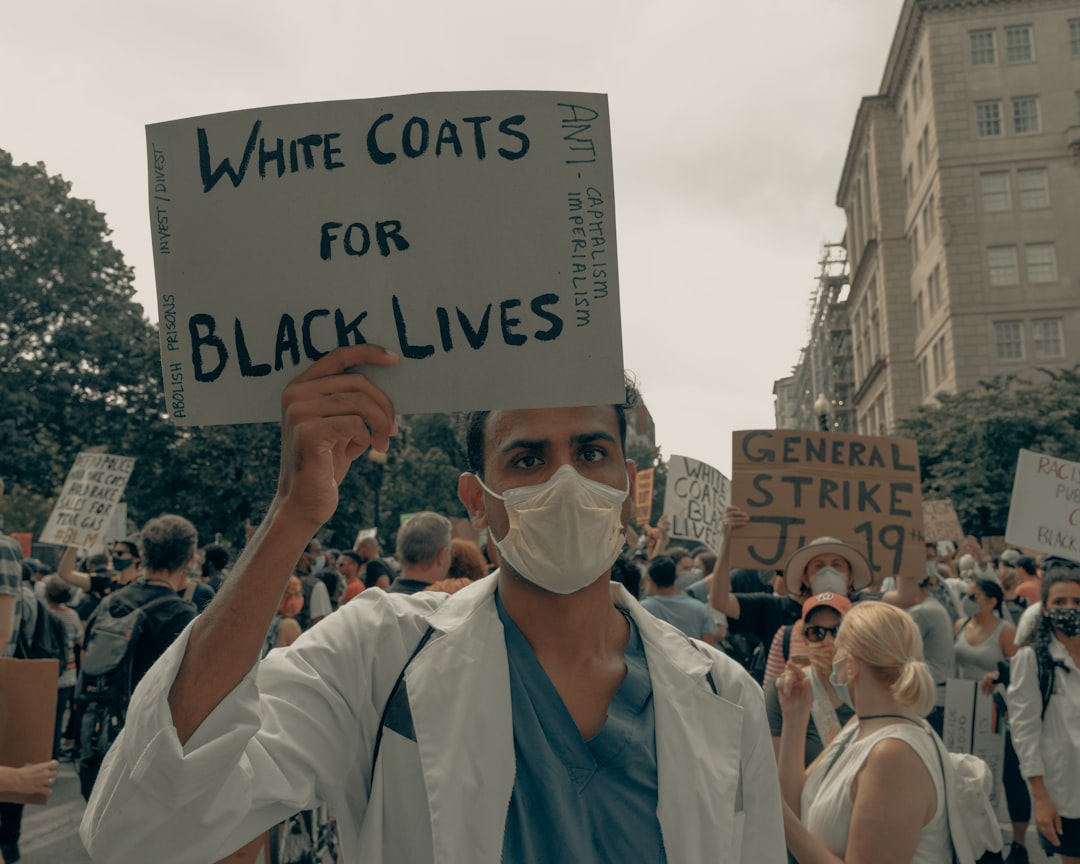What is it about?
The article argues that a distinctive character of the Black city is revealed in its connections to African heritage preservation and celebration. A main assertion is that Black dignity is (re)instilled through the reconstruction of Afrocentric identity and philosophy for the Black Detroit community navigating the unresolved problem(s) of the color line. Pan African legacies in the African American encounter with the modern city erected the localization of “African Home,” where the spiritual citizenship inhabited by Pan African architects generated an agency of self-determination in Black placemaking. In this way, Black placemaking “refers to the ways that Black Americans create sites of endurance, belonging, and resistance through social interaction.”
Featured Image

Photo by Lee Pigott on Unsplash
Why is it important?
The new ground that the article forges is a construction of a paradigm of Pan African agency to define more authentically the representation of the Black city. The Black agency located in Pan African Detroit marks the continuum of Black spatial and cultural resistance, which surrounds the removal of the Old Negro–subservient/accommodating slave status from Black identity, that is, the construction of a “New Negro.” There is much-unsung agency in the lineage of this Black awakening/Black enlightenment project. This cultural and philosophical awakening continues to be about calling forth a new Black identity foregrounded in Black dignity, not Black shame, where, as Garvey would see it, means Black people taking their “rightful place” in contravene to White subordination and in self-determined power and independence.
Read the Original
This page is a summary of: A Place in the Sun: Black Placemaking in Pan African Detroit, Journal of Black Studies, March 2019, SAGE Publications,
DOI: 10.1177/0021934719834696.
You can read the full text:
Contributors
The following have contributed to this page










